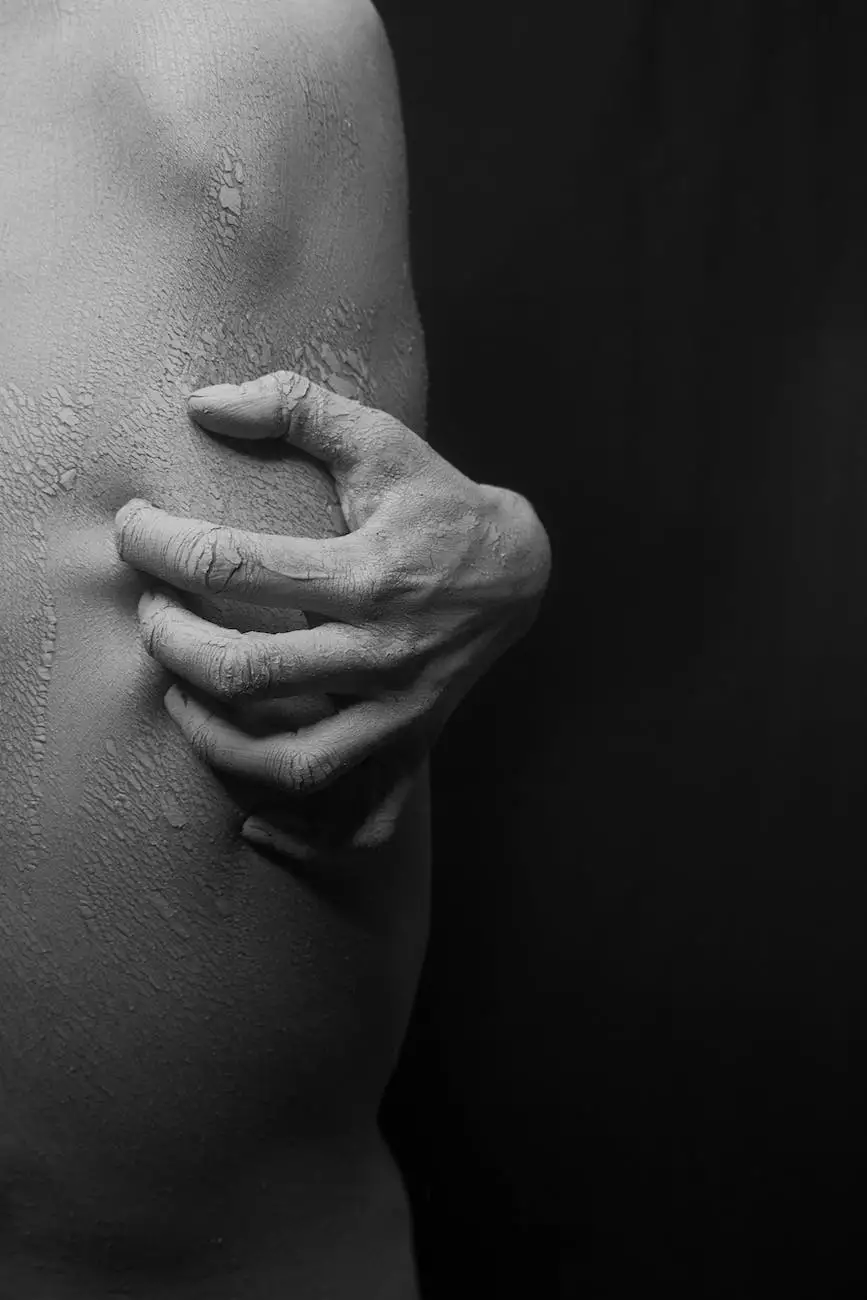Shoulder and Arm Injuries: Understanding, Treating, and Recovering
Injuries
Introduction
Welcome to Pain Cream Advisors, your ultimate resource for information on shoulder and arm injuries. As leaders in the health industry, we are dedicated to providing comprehensive solutions and expert advice for managing pain and promoting healing. In this article, we will delve into the topic of shoulder and arm injuries, discussing common causes, symptoms, treatment options, and tips for recovery.
Common Shoulder and Arm Injuries
Shoulder and arm injuries can range from mild strains to severe fractures, often resulting from repetitive motion, sports activities, accidents, or underlying medical conditions. Here are some of the most common injuries that individuals may experience:
1. Rotator Cuff Tear
A rotator cuff tear occurs when the tendons that comprise the rotator cuff in the shoulder are torn. This injury can cause severe pain, limited mobility, and weakness in the affected arm.
2. Shoulder Impingement
Shoulder impingement is a condition where the rotator cuff tendons become irritated and inflamed due to repetitive overhead motions. It can result in pain and difficulty raising the arm.
3. Fractured Arm
A fractured arm refers to a broken bone in the upper arm, forearm, or elbow. Fractures can occur due to falls, direct trauma, or stress injuries. Symptoms include pain, swelling, and limited range of motion.
Treatment Options
When it comes to treating shoulder and arm injuries, seeking professional medical advice is crucial. Depending on the severity of the injury, treatment options may include:
1. Physical Therapy
Physical therapy plays a vital role in the recovery process. Through targeted exercises and stretches, physical therapists help improve range of motion, strengthen weakened muscles, and reduce pain.
2. Medications
Medications such as nonsteroidal anti-inflammatory drugs (NSAIDs) can be prescribed to manage pain and reduce inflammation. Topical pain creams can also provide localized relief and promote healing.
3. Immobilization
In some cases, immobilization through the use of slings, casts, or splints may be necessary to allow the injured shoulder or arm to heal properly. This helps prevent further damage and promotes stability.
Recovery and Rehabilitation
During the recovery phase, proper care and rehabilitation are essential for restoring full functionality and preventing future injuries. Here are some tips for a successful recovery:
1. Follow the Treatment Plan
Adhere to the treatment plan prescribed by your healthcare provider or physical therapist. This may include exercises, scheduled appointments, and recommended lifestyle modifications.
2. Gradual Return to Activity
Avoid rushing the recovery process and gradually reintegrate activities, under professional guidance. Slowly increase intensity and duration to prevent re-injury.
3. Proper Nutrition and Hydration
A well-balanced diet rich in essential nutrients, along with proper hydration, plays a crucial role in the healing process. Focus on consuming foods that promote tissue repair and support bone health.
Conclusion
In conclusion, Pain Cream Advisors aims to provide you with comprehensive information on shoulder and arm injuries. By understanding the common causes, symptoms, treatment options, and tips for recovery, you can make informed decisions about your health and well-being. Remember, it is important to consult with medical professionals for accurate diagnosis and personalized treatment plans. Trust Pain Cream Advisors as your trusted source for expert advice and effective solutions.




